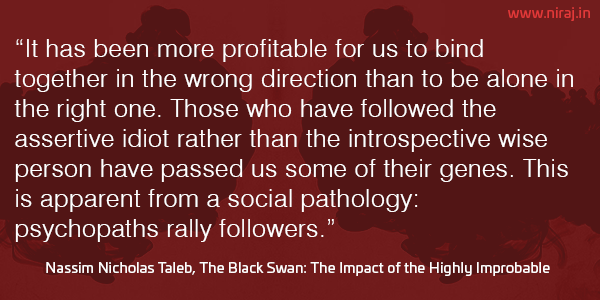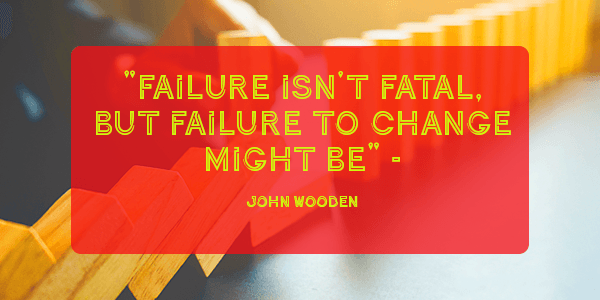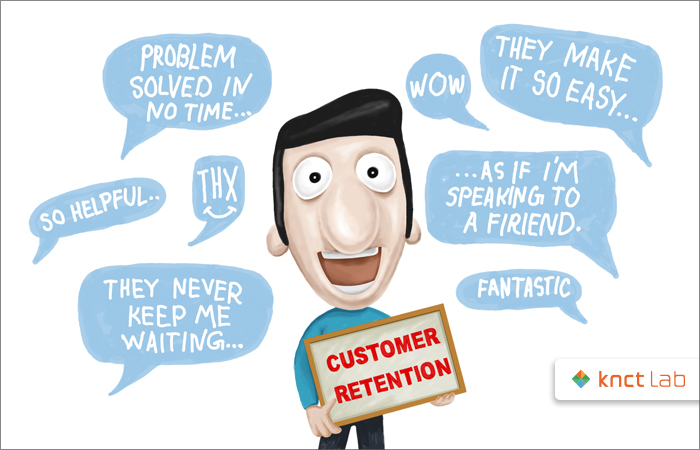Why is Digital Marketing Failing?
In the last 3 months, I met several Digital Marketing professionals at various large and small companies. I hear a common refrain that they are not seeing much traction from their Digital Marketing programs. Often the blame is attributed to their Digital Agency or to the failure of the popular Market Automation tools they brought paying through their noses. I scratched the surface a little deeper and here are my impressions-
Failing to measure Lygometry
As Amin Toufani, the world’s best guitarist (check google results) and strategy savant observes in one of his talks, we are mistaking abundance of information to the sufficiency of Knowledge. We suffer from knowledge inflation and knowledge pretension. (Because not professing to know is a virtual death knell in a corporate setting) There is a widespread syndrome of people believing and claiming to know more than they actually do. There are very few people willing to admit that they don’t know what they don’t know. It is not a supercilious remark or a pompous looking down but an attempt to give a humble nudge for more soul-searching. This “know it all” affliction is too widespread, and I too have not been spared of its ill-effects.
So, this is where awareness of the concept of Lygometry1 comes up. It is a process “…where you measure things you know that you do not know. It questions on the knowledge that you know you don’t have, it’s like searching or asking the questions about those dark or shadowy place which you know you know nothing about”.
Professionals need to own up that their googled and sometimes academic knowledge is not sufficient. A tactical strategy doesn’t constitute Marketing strategy. Doing a performance campaign and driving web traffic is not sufficient. Tool-oriented thinking is no panacea. There is a thing called Statistically significant data and that it takes time and multiple campaigns to build such data. Marketing Automation and Predictive marketing is not a silver bullet for everything.
The Measurement Paradox
Data was promised deliverance in the digital economy. And the truism still holds. The problem is when there is a failure of measuring what is important at the cost of measuring something obvious and easy. Especially when the site and campaign traffic become the holy grail of success metrics. The seasoned marketing pros would wallop me for saying the obvious, but a little survey would reveal how rampant this practice is.
Also, a performance campaign can only yield so much. It cannot create or grow the search volumes significantly unless there are other extraneous reasons. In the pre-digital age, there was a thing about growing markets. The task, however, was less urgent. In days of yore, ambitious brands and companies planned to do it in a time horizon of 3-5 years. The expectation was money would be invested today to be amortized and accounted over a period depending upon how deep the pockets were. The PE funded unicorns spend huge amounts for creating the market with the bravado of rampaging conquistadors.
But the rest of the market feels, just because it is digital and most of the services like Google, Facebook and WhatsApp are free, digital marketing should be free or cost very less. The digital economy has certainly made it cheaper for brands to reach out customer compared to the pre-digital era, but there is definitely no free or cheap lunch.
The paradox comes into play the moment digital campaigns seek to go beyond performance campaign. How do we measure brand momentum through a digital campaign growing to a point it actually pushes the sales/revenue needle? How does one measure “Favourable Selling Environment” resulting from a digital campaign? How do we qualify impressions? Engagement metrics like likes, comments, and shares are good first line indicators, but it doesn’t speak of the silent masses who are “lurkers” and who might constitute 90% of the audience.
There have been loose metrics to attribute brand salience where there is a brand impression leading to some recall and action but not directly resulting in a click or site traffic. And we have not yet spoken about brand uplift from community management efforts, nurture streams, email campaigns and every other digital tactic that have been deployed.
While the global average CTR of Display Ad is around 0.35%, is there a way we can capture customer behavior where impression “not leading to clicks” led to other action immediately or later, attributable to the campaign. In essence, how do we confidently and accurately measure lagging indicators like Brand affinity? Revenue figures are final arbiters of the success of the digital strategy, but traceable data points for Brand building campaigns can really help optimizing digital efforts better.
What can be done or should be done?
Resetting the expectations
Brands have to be realistic. If despite optimizing, the immediate results are not so encouraging, it only means that the search volumes and hence customers in “Ready State” are limited and performance campaign alone may not be the answer. A less than promising results from any other digital marketing tactics like emailers or social media is also indicative of this problem. This will mean that a brand campaign, where metrics are not clicks but increased awareness, likeability, and acceptance, will have to be run along with the performance campaign. While such campaigns will not have any hard metrics to show, it will still help to run such campaigns.
Brand Building the Old Way
In the pre-digital world, every brand took pains to paint themselves into a character which their audiences lapped up. Companies have to learn to create such brands again. In the current circumstances, they do have to be more authentic and not over-promise or go overboard. Rediscovering established brand frameworks like David Kapferer’s Brand Identity prism, Brand Archetypes, Brand Key, among others will definitely help. This will actually help with arriving at story pegs and in building interesting narratives for the brand. The digital media is the only mass media today. The format for storytelling has to be modified accordingly. Internet video commercials (IVCs) will be an important way to build likeability and eventual brand connect. It’s going to be jostling for attention span, but there is also the possibility of algorithmically reaching the audience when they are in adjacent spaces online.
Implementing Automation Early and Right
Too many companies are giving up too early on Market Automation, complaining that it is either unviable or inefficient or both. If your lifetime marketing universe is less than 1000 contacts, a decent xl sheet might really help. But if your lifetime customer list is going to grow eventually or exponentially, it will help to start with market automation early. Market Automation will not multiply revenues multiple times overnight. In certain instances, it can help discover new opportunities and give a short-term bump before normalizing. However, in the long run, market automation will help optimize campaigns, build a repository of a validated database for nurture campaigns and optimize customer acquisition costs. It will also help orchestrate fast and scalable campaigns and build automated workflows. This will in turn help provide more time to analyze and implement better strategies.
Market Automation implementation will also fail if it is only a tool led approach. Companies will have to build the proverbial system of People, Process and Technology to harness the power of automation. It needs the investment of time, people and sustained efforts to crank the systems and reel in the benefits.
Being aware of Lygometry
The universe of knowledge, tool and skills are rapidly expanding on all sides. Every day, it creates swathes of “I don’t know, what I don’t know” zones for everyone. Ignoring this zone often proves dangerous for people, companies, and countries. To tackle such an eventuality, Amin Toufani also speaks2 about a role called Chief Adaptability Officer (CAO). The job of the Chief Adaptability Officer would be to continuously map the zones of “not knowing” and push boundaries of knowledge and help companies avoid pitfalls of ignorance. I think every person has to be their own Chief Adaptability officer, more so, Marketing professionals. For they have to account for the contour shifts that are happening or going to happen in the market and be ready for it. The awareness of the concept of Lygometry will help keep everyone humbled and open minded to revisit new ideas, tools, and methods for success on an ongoing basis.





